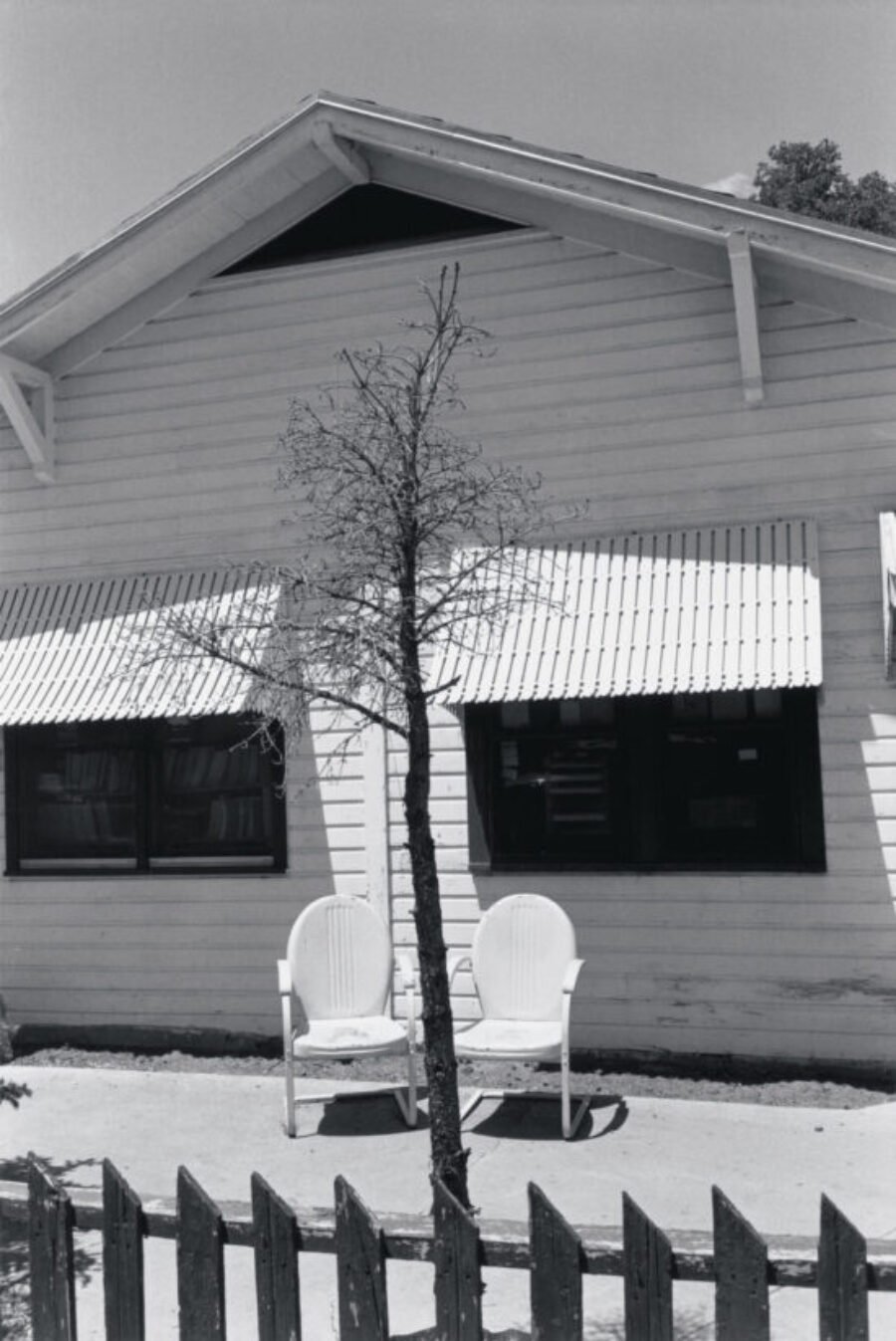
“Albuquerque, New Mexico,” 1975. All photographs by Lee Friedlander, from the book Lee Friedlander Framed by Joel Coen, which was published by Fraenkel Publications in May. © The artist. Courtesy Fraenkel Gallery, San Francisco, and Luhring Augustine, New York City
The Impossible
Lee Friedlander, who is among the most celebrated and quietly innovative living American photographers, is eighty-nine years old and was born in Aberdeen, Washington, a place once nicknamed the “Hell Hole of the Pacific.” A product of a generation that felt itself to have exhausted the utility of the documentary tradition of Walker Evans and Dorothea Lange, Friedlander’s work is distinguished instead by its humor, bracingly idiosyncratic composition, and prescience—his preoccupations over the years have included self-portraits, television screens, and commercial signage.
Friedlander was at the forefront, with Garry Winogrand and others,…






















































































